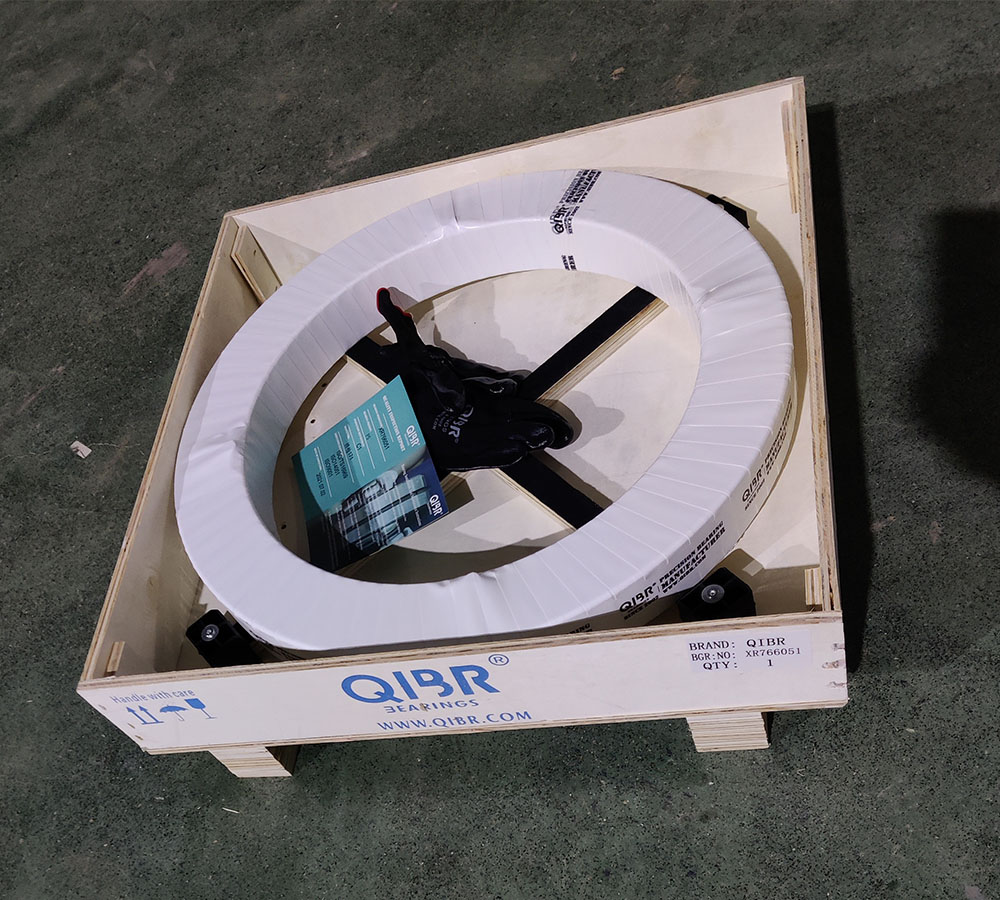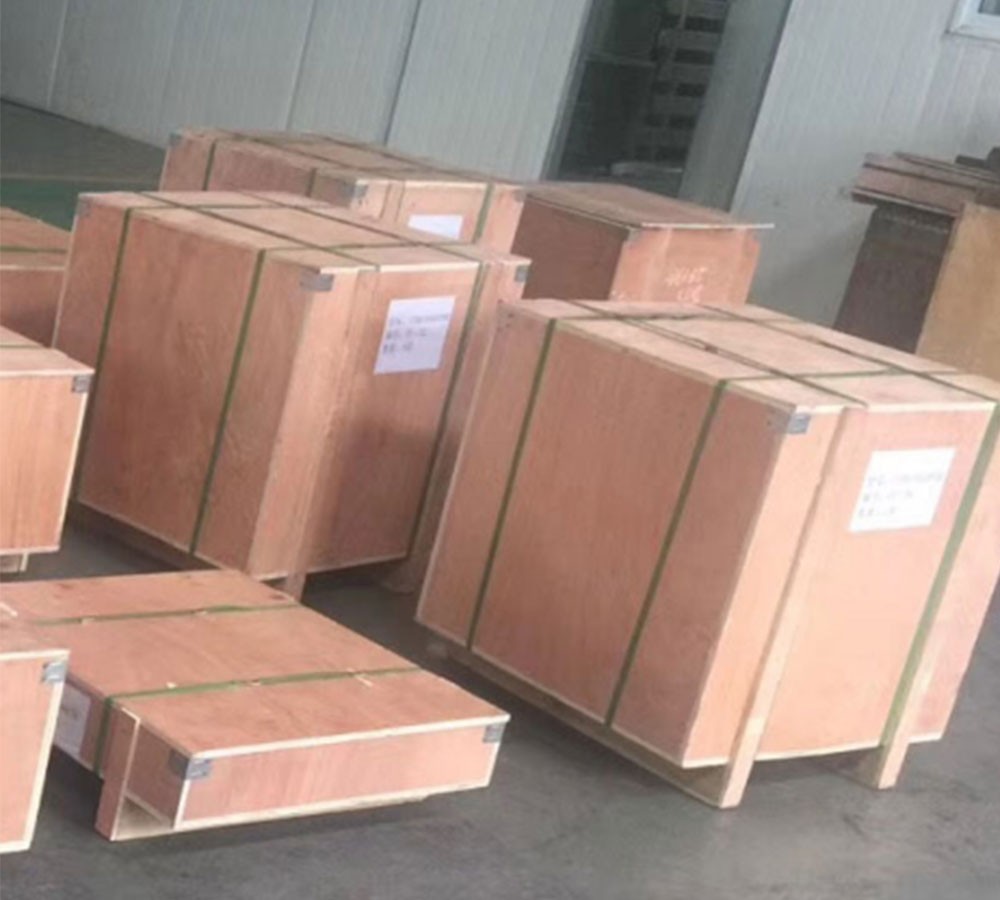QIBR Thrust Ball Bearings Delivered to Puebla, Mexico, to Enhance Load Capacity and Stability in Turbines
- Continent
- Sourth America
- Country
- Mexico
- Date
- 2016-10-04
- Categories
-
Thrust Ball Bearing
- Applications
- Turbine
Products Used
Thrust Ball Bearing
1. High Load Capacity: The 51204 thrust ball bearing is capable of bearing large axial loads, making it suitable for applications in turbines where high axial forces need to be handled. Turbines generate significant axial forces during operation, and the 51204 thrust ball bearing effectively supports these loads, ensuring the turbine's stability and safety.
2. Smooth Operation: The spherical rolling elements of the 51204 thrust ball bearing enable smooth motion during operation, reducing friction and vibration. This smoothness ensures efficient turbine operation, improving overall efficiency and reducing energy consumption.
3. Wear Resistance and Long Service Life: The 51204 thrust ball bearing is made of wear-resistant materials and undergoes special treatments to enhance its wear resistance. Under prolonged, high-load operations, the 51204 thrust ball bearing maintains stable performance, extending the turbine's service life and reducing maintenance costs.
Additional Notes:
The customer in Mexico decided to purchase QIBR’s 51204 thrust ball bearings to improve the load capacity and stability of turbines. The design of QIBR’s 51204 thrust ball bearing features high-precision machining and advanced heat treatment technology, enabling stable performance under high-speed and high-load conditions. It effectively reduces mechanical friction and heat buildup, enhancing overall stability and service life. QIBR bearings are made with high-quality materials to ensure excellent performance under long-term, high-intensity operations. Turbines are subjected to extreme temperature variations and significant vibrations during operation, and the durability and reliability of the 51204 thrust ball bearing help reduce maintenance costs and downtime, thereby improving operational efficiency.















